Migraines & Headaches
There are several types of headaches and migraines, many of them are caused by incorrect posture and especially incorrect neck alignment.
TYPES OF HEADACHES

Tension
Tension headaches are the most prevalent that we see as chiropractors. Classically they form a dull ache sensation or tightness in the muscles around the back of the neck and can refer pain toother areas of the skull. They can be caused by a number of factors but are often the result of tight muscles poor posture, stress, dehydration, or issues with the eyes.
If a headache is being accompanied by poor posture, a full examination and possibly x-rays can help find the root cause of the problem such as altered cervical alignment.
Cluster
This type of headache is usually associated with pain behind one eye. Most people experience them first thing in the morning, but they can also come on suddenly throughout the day. You may notice certain activities trigger them, like drinking alcohol or eating certain foods. If you suffer from these headaches frequently, it’s important to keep track of when they occur and what may have preceded them. That way, you can start to identify patterns and possible triggers.
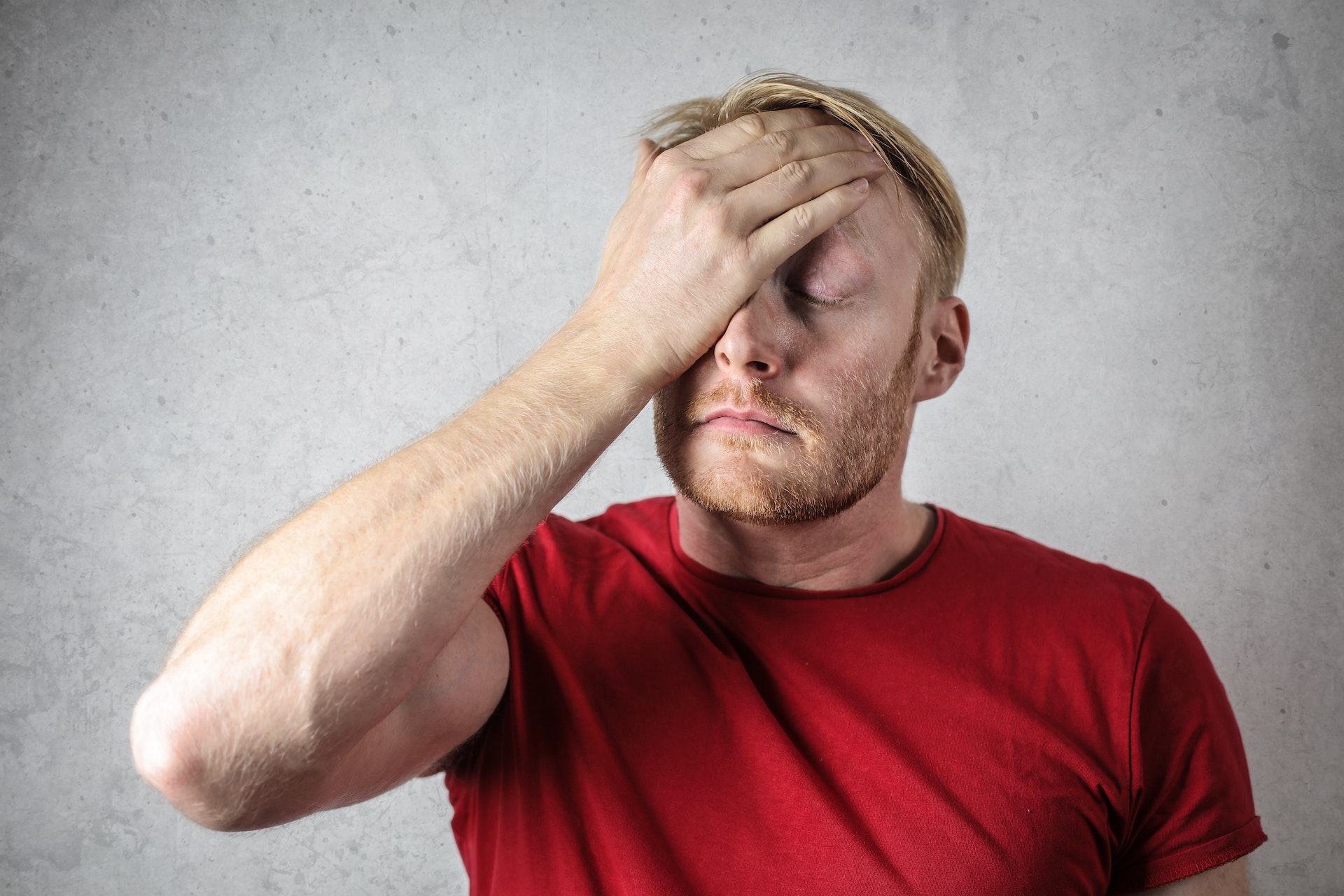
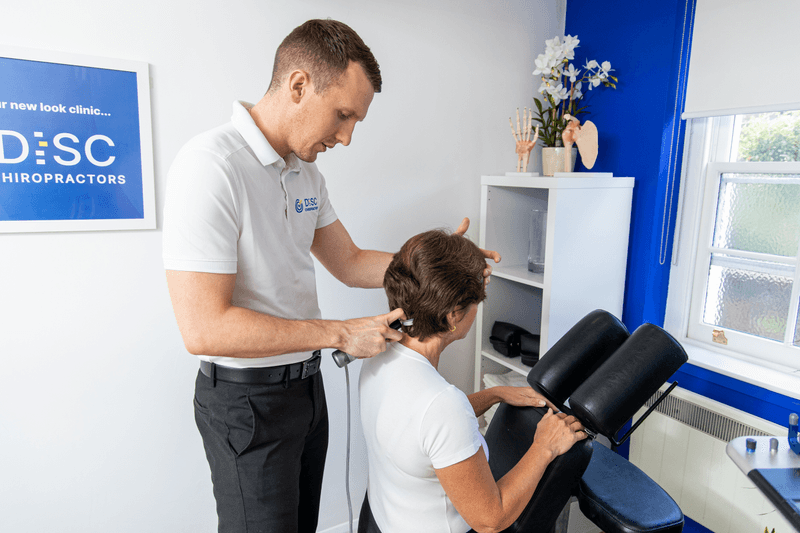
Cervicogenic
These have a big overlap with tension headaches, as cervicogenic headaches happen when pain is referred from a dysfunction in the upper neck (cervical spine region). Therefore, poor posture and sedentary lifestyles, especially time spent at a computer are common causes of this type of headache. Pain is typically felt in the top and back of the head.
X-ray investigation of the alignment in the cervical spine can help find the underlying problem. Depending on what the cause is, it can be treatable using one of our therapies such as Instrument Assisted Adjusting or Spinal Decompression Therapy to improve movement and function as well as, in the long term, our spinal remodeling orthotics to ease the alignment issues can also be beneficial.
Occipital Neuralgia
Occipital neuralgia is a painful condition that can be caused by injury or inflammation of the occipital nerves, which exit the spine at C2-3 on ether side of the neck before entering the scalp and hooking behind the back of the ear. The pain associated with this condition is often described as sharp, stabbing, or shock-like, and can be felt in the upper neck, back of the head, and/or behind the ears
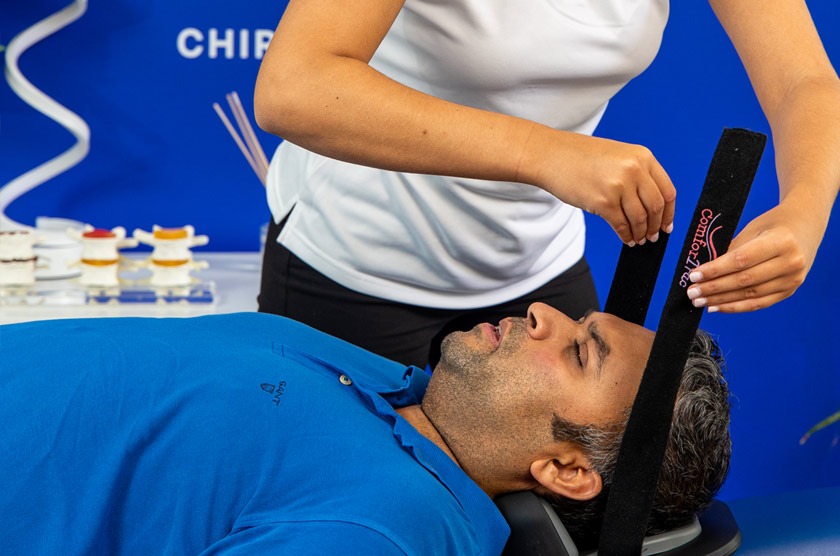
Headaches are also influenced by lifestyle factors such as your diet, stress levels, and day to day activities.
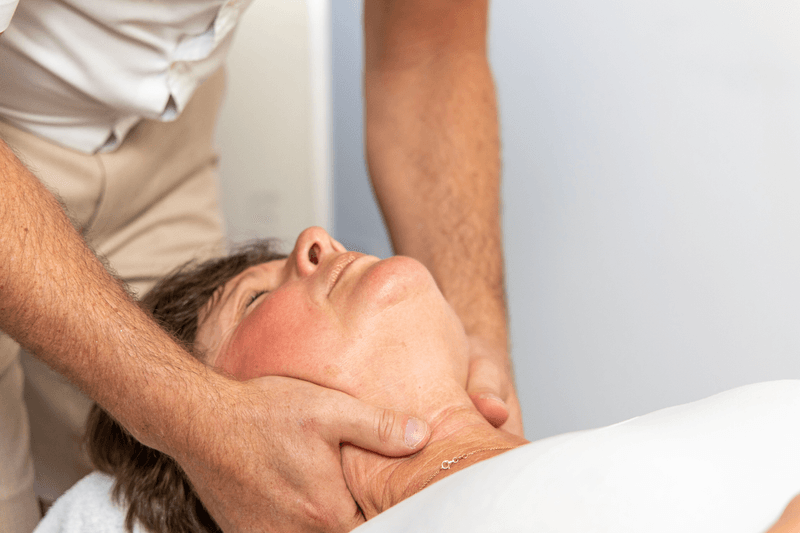
TMJ (Temporomandibular Joint)
The temporomandibular joint (TMJ) connects the jaw to the skull. TMJ can be a cause of headaches as the result of a dental problem or tensing of the jaw, aka grinding your teeth, which is a common side effect of stress. TMJ headaches are often mistaken for tension headaches as they can cause pain around the face and ear and create tension in the muscles at the side of the neck (SCM). If you think you might be having TMJ headaches, a visit to your dentist to rule out underlying dental issue might be wise.
Sinus
Headaches may also be caused by inflamed sinuses. You may feel pressure or a throbbing pain between your forehead and nose. This is caused by a buildup of pressure inside the sinuses when the passage to your nose becomes blocked. You are also likely to notice congestion like when you have a cold or flu symptoms.
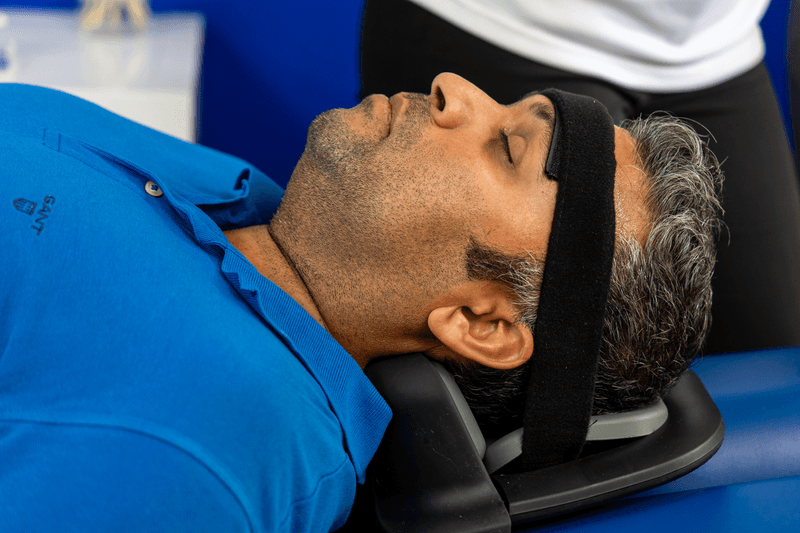

Migraines
A migraine can be defined as a headache or series of recurring headaches that usually only affect one side of the head.
If you’re having a migraine, you’ll feel pain as a pulsating sensation in the head or face, but they can also have some more dynamic symptoms commonly known as an aura.
There are many causes of migraines, but most commonly, they happen as the result of:
- Hormones: Often, the headaches will begin around puberty during teenage years; they can be different during pregnancy and will end during the menopause. This is usually linked to the overproduction of oestrogen.
- Vascular: because of pressure in the blood vessels of the brain.
- Neurological: neuronal under or over-excitability of the central nervous
Medication headaches:
Unfortunately, due to the addictive nature of many pain killers, the body can start to get demanding if they are withdrawn. Essentially the brain mimics an actual headache until the person gives in and provides it the medication it has become reliant on.
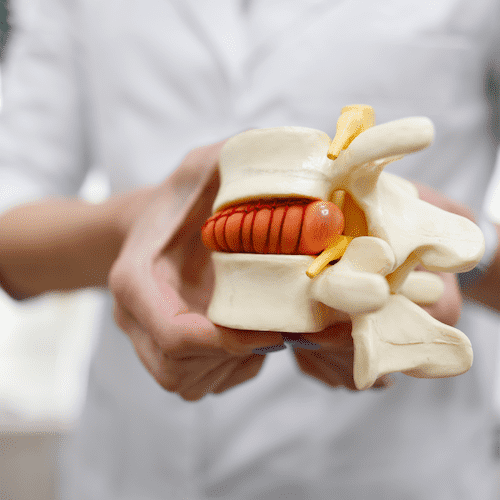
DISC TREATMENT PROTOCOL
The first step in treating any condition is to find the underlying cause, often the pain experienced by a patient is the last “domino” to fall in a cascade of reactions. A thorough examination at our DISC Clinic in Surbiton will help not only identify exactly what is generating the pain but aim to understand its root cause.
Once a diagnosis is determined, treatment options to address the issue can be explored. Pain relief, corrective measures, and preventative strategies can be implemented to ensure the problem does not return in the future.
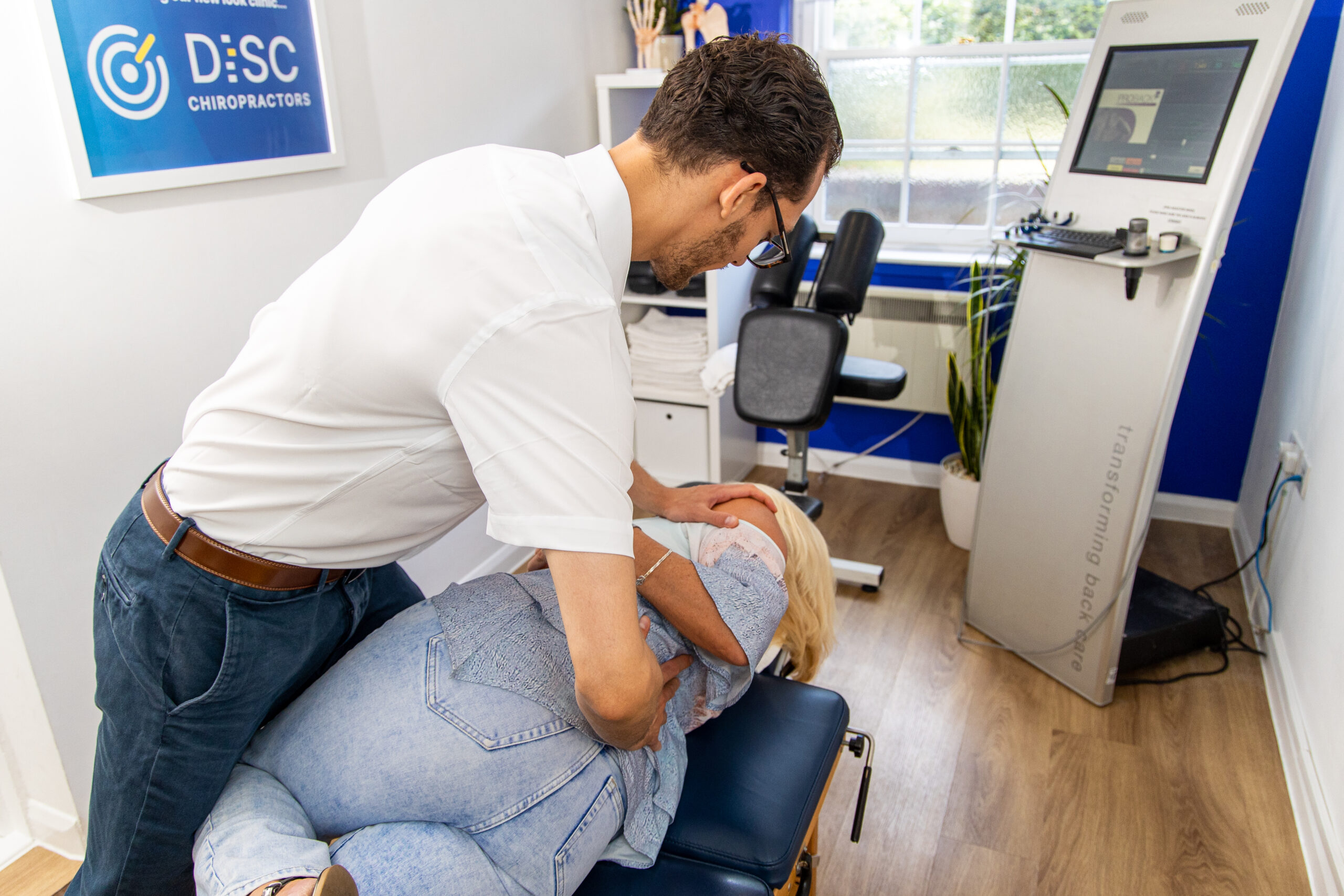
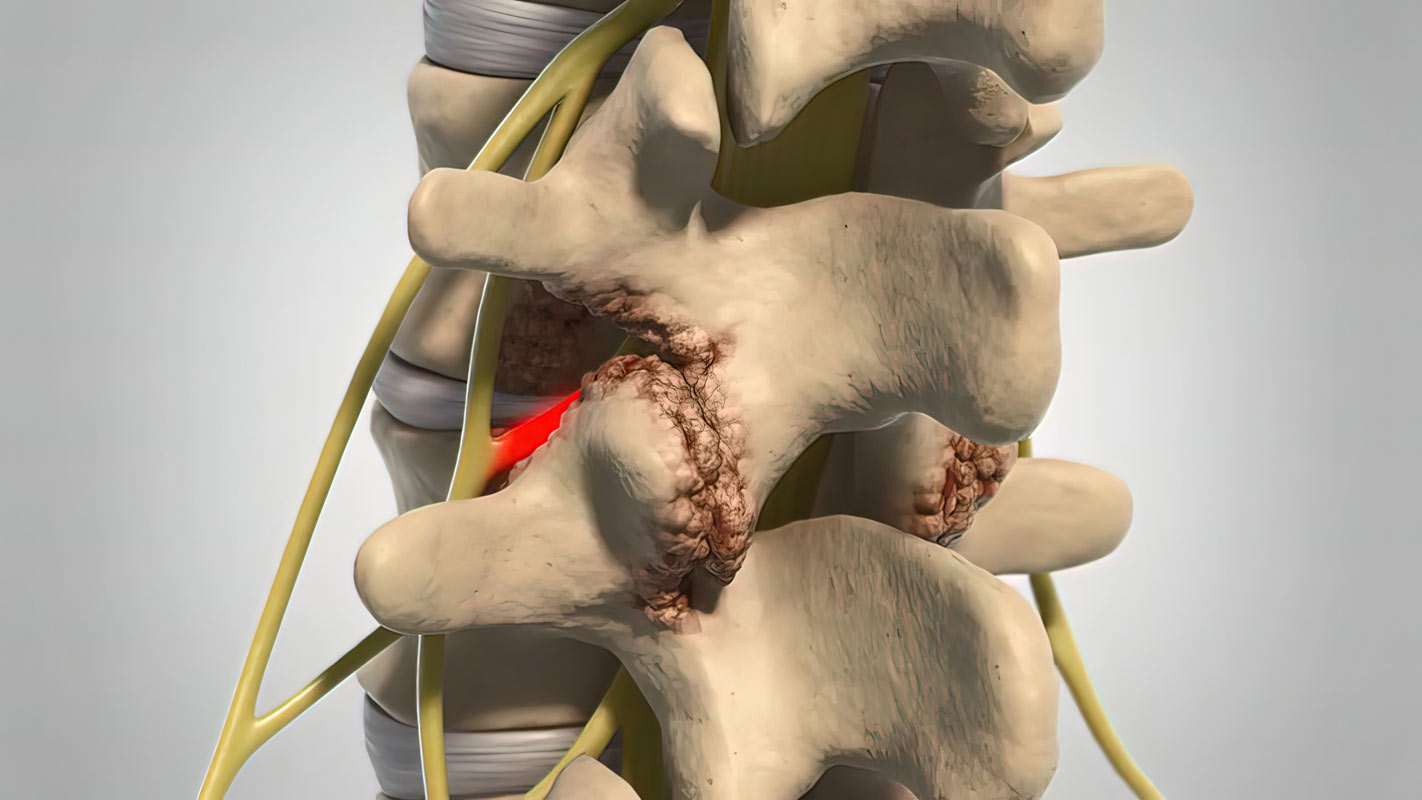
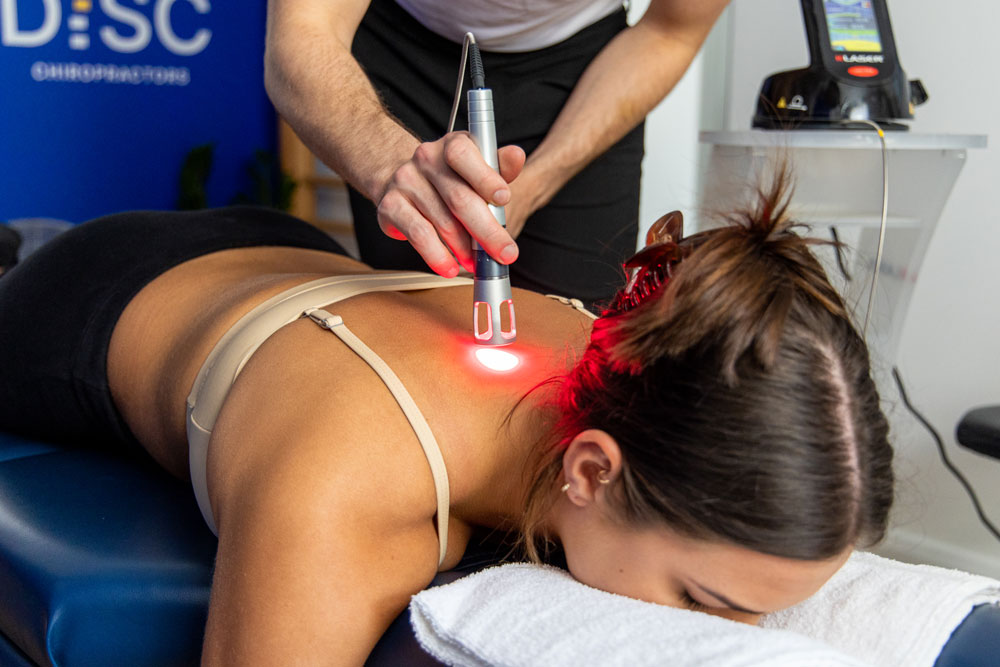
The first steps towards gaining pain relief often come by mobilising the soft tissues and joints in the area; this is achieved by using a combination of manual mobilising chiropractic techniques with our unique blend of Instrument Assisted Adjusting tools which can be used to gently initiate movement and blood flow (healing) in stubborn or inflamed tissue when stronger techniques may be contraindicated.
Spinal Decompression Therapy is one of the powerhouse treatments available at The DISC Chiropractors, its traction technology provides a unique ability to heal disc injuries and to un-trap the nerves that are often at fault for issues further down the chain for example in the arms and legs.
When conditions struggle to heal, Laser Therapy is an extremely safe and effective method of advancing rates of recovery. It’s warm photon light energy stimulates mitochondrial activity to enhance recovery in each and every cell of the body. Laser Therapy is especially useful in cases of inflammation, such as arthritic and repetitive strain conditions.
A major part of how our treatment protocols work is to ensure whilst the pain is coming under control, we are filling the patient with the knowledge of how to keep and maintain their results using corrective measures and rehabilitation tools to enhance their outcomes
To find out about some of the other conditions we treat click link
Contact Us
If you would like to find out what we could do to help your Headaches & Migraines, please click the icon below to book a thorough consultation to evaluate your case.
